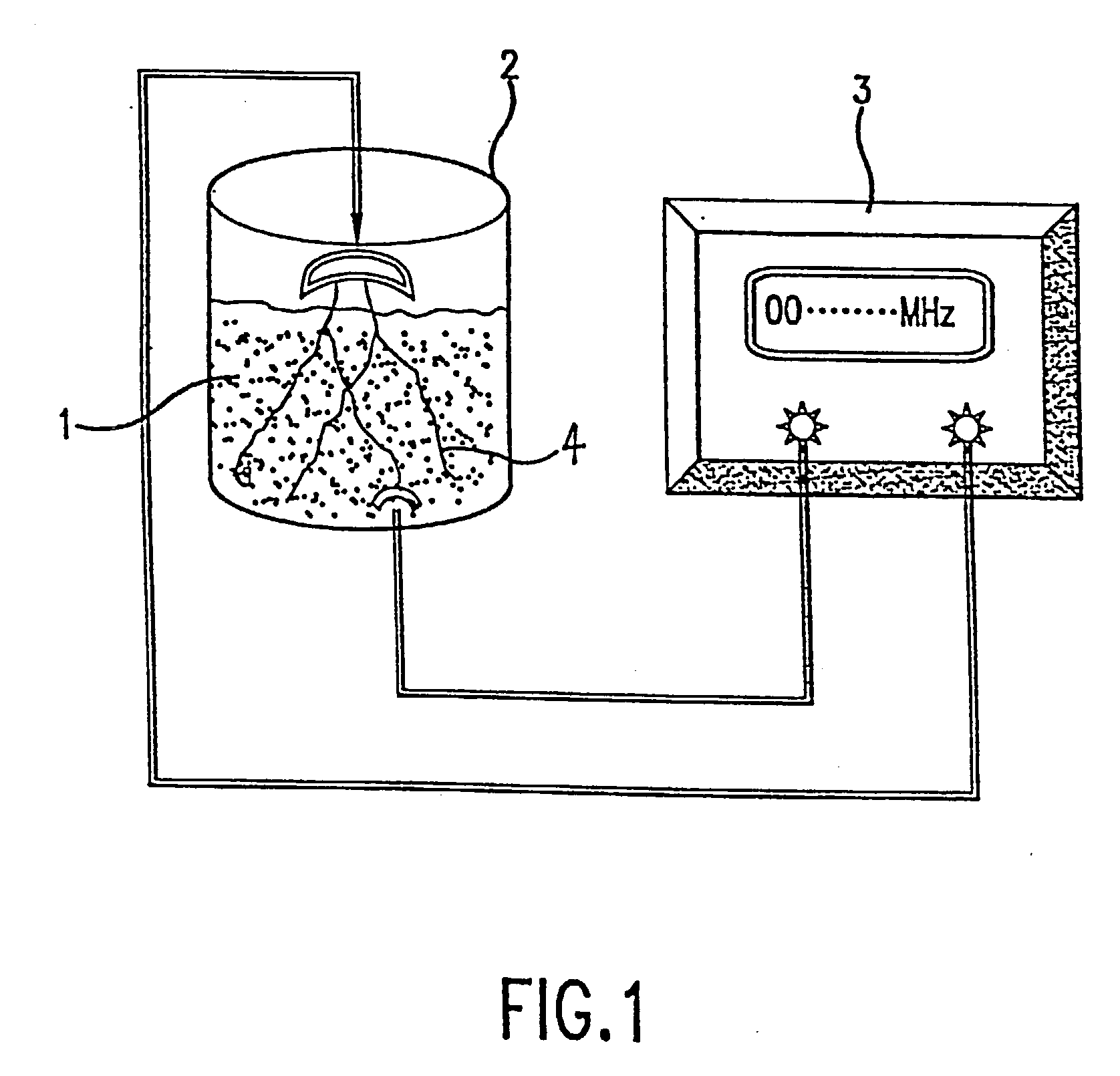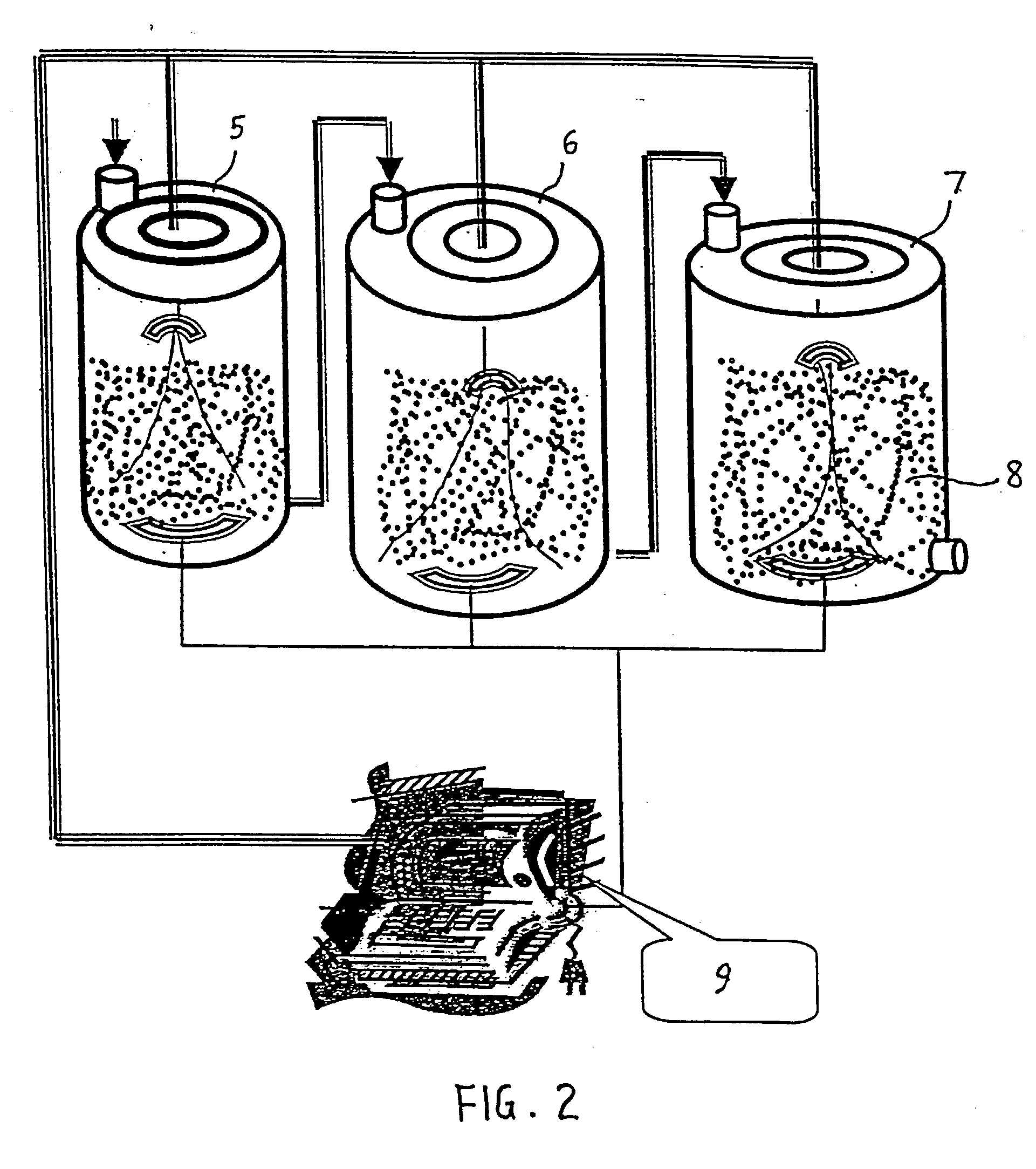Biological compositions and methods for treatment of kidney cancer
a technology of biological compositions and kidney cancer, applied in the field of oral compositions containing yeast cells, can solve the problems of difficult detection of renal cell carcinoma in its early stages, unsuitability, and tobacco use, and achieve the effect of prolonging the time of survival of an animal
- Summary
- Abstract
- Description
- Claims
- Application Information
AI Technical Summary
Benefits of technology
Problems solved by technology
Method used
Image
Examples
Embodiment Construction
[0029] The present invention relates to biological compositions that can produce a healthful benefit in a subject with kidney cancer. The present invention provides methods for manufacturing the biological compositions as well as methods for using the biological compositions.
[0030] In one embodiment, the invention provides biological compositions that comprise yeasts. Unlike the traditional use of yeasts in the making of food, the yeast cells of the invention are not used as a source of enzymes that acts on the food ingredients. The yeasts are not a primary source of nutrients for the subject. Nor are yeast cells used as a carrier, such as metal salts. The yeast cells of the invention are live when administered orally or ingested along with food by a subject. Without being bound by any theory or mechanism, the inventor believes that the culture conditions activate and / or amplified the expression of a gene or a set of genes in the yeast cells such that the yeast cells becomes highly ...
PUM
| Property | Measurement | Unit |
|---|---|---|
| frequency | aaaaa | aaaaa |
| frequency | aaaaa | aaaaa |
| frequency | aaaaa | aaaaa |
Abstract
Description
Claims
Application Information
 Login to View More
Login to View More - R&D
- Intellectual Property
- Life Sciences
- Materials
- Tech Scout
- Unparalleled Data Quality
- Higher Quality Content
- 60% Fewer Hallucinations
Browse by: Latest US Patents, China's latest patents, Technical Efficacy Thesaurus, Application Domain, Technology Topic, Popular Technical Reports.
© 2025 PatSnap. All rights reserved.Legal|Privacy policy|Modern Slavery Act Transparency Statement|Sitemap|About US| Contact US: help@patsnap.com


